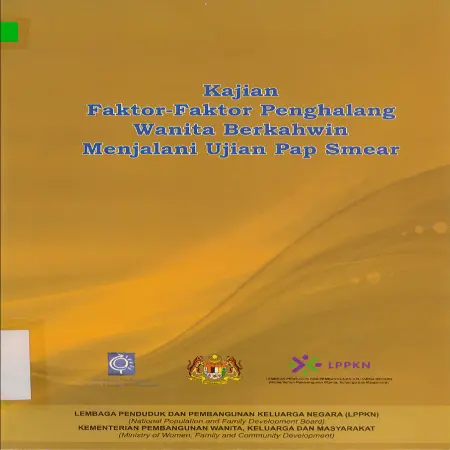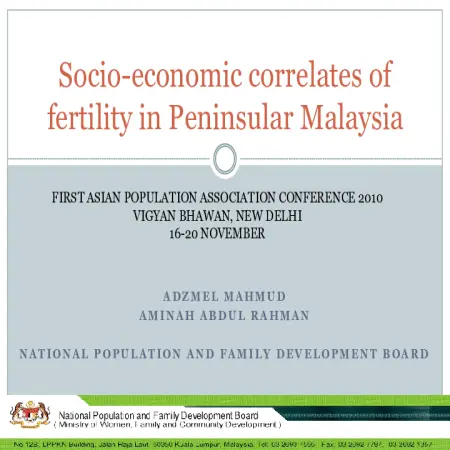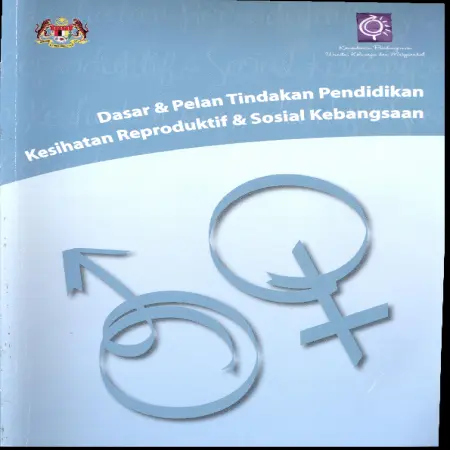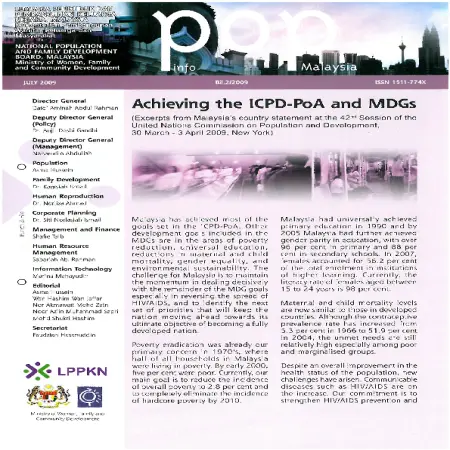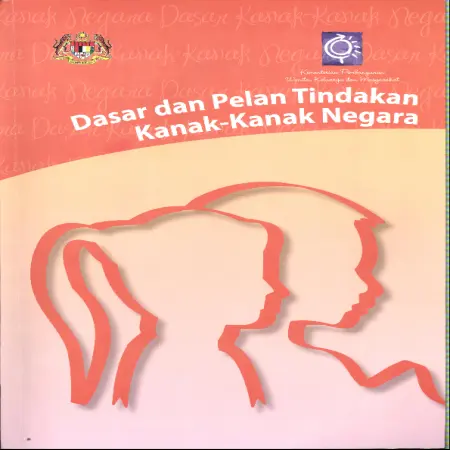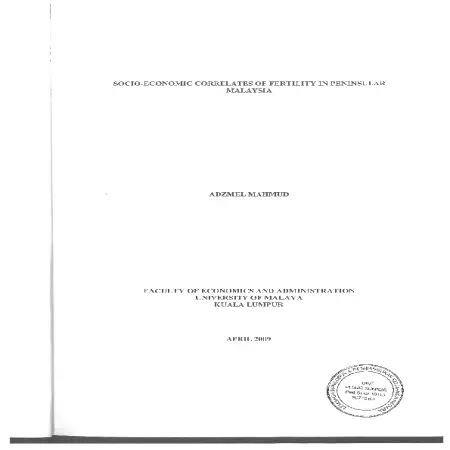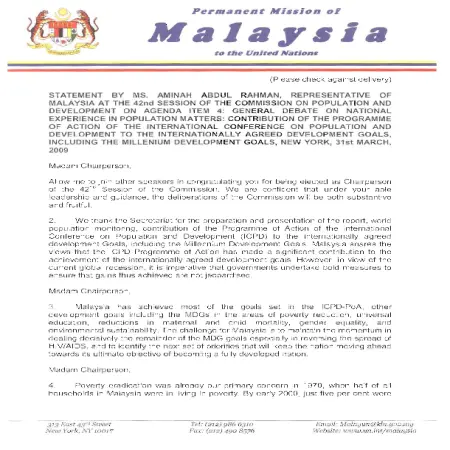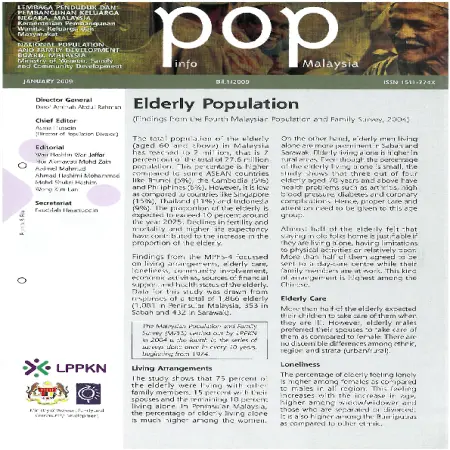Browse by Year
|
Kajian faktor-faktor penghalang wanita berkahwin menjalani ujian pap smear
Item Type: Research Report
Year: 2010
Abstract: Cervical cancer is the second most dangerous threat to women that not only lead to a loss of pregnancy, but can even be life threatening. 12.9 percent of all cancer deaths among women are also due to this cancer. Unfortunately, 80% of women who are first diagnosed with cervical cancer...[Read More]
|
|
|
|
|
|
Socio-economic correlates of fertility in Peninsular Malaysia
Item Type: Conference or Workshop Item
Year: 2010
Abstract: To examine fertility trends and differentials among women in Peninsular Malaysia by selected socioeconomic variables which significantly influence the number of children ever born. A total of 3,697 ever-married women aged 15-49 were successfully interviewed in Peninsular Malaysia.
|
|
|
|
|
|
A Study on health status of youth in Malaysia
Item Type: Research Report
Year: 2010
Abstract: This study analyzed health screening of 22,840 youths, who were distributed equally by ethnicity and camp sessions. Based on the analysis, 21.6% of youths were underweight, 18.1% pre-obese and 10.3% obese, with 0.3% perceived having body image disorders. With regards to sexual and...[Read More]
|
|
|
|
|
|
Kajian Pendapat Remaja dan Isu Sosial : mencari penyelesaian
Item Type: Research Report
Year: 2010
Abstract: Introduction of Reproductive and Social Health Education Policy and Action of Plan (PKRS) has been developed which aims to produce individuals who are knowledgeable and have a positive attitude in the field of reproductive and social health. Under the PKRS program, the National...[Read More]
|
|
|
|
|
|
Dasar & Pelan Tindakan Pendidikan Kesihatan Reproduktif & Sosial Kebangsaan
Item Type: Act & Policy
Year: 2009
Abstract: The National Reproductive and Social Health Education Policy that applies to all walks of life regardless of age, to increase the knowledge on sexual reproductive health among Malaysia and to encourage them to have a positive attitudes towards reproductive and social services.
Earlier...[Read More]
|
|
|
|
|
|
Achieving the ICPD-PoA and MDGs
Item Type: Newsletter
Editor:
Year: 2009
Abstract: Malaysia has achieved most of the goals set in the ICPD-PoA. Other development goals included in the MDGs are in the areas of poverty reduction, universal education, reductions in maternal and child mortality, gender equality and environmental sustainability.
|
|
|
|
|
|
Dasar dan Pelan Tindakan Kanak-Kanak Negara
Item Type: Act & Policy
Year: 2009
Abstract: Children are a very important part of society, they are an asset for the country and the link for the country's development in the future. In 2008, there were 10.5 million (37.9%) children out of 27.7 million population. As such, the Government is very concern about the welfare and...[Read More]
|
|
|
|
|
|
Socio-economic correlates of fertility in Peninsular Malaysia
Item Type: Thesis
Year: 2009
Abstract: The main aim of this paper is to examine the fertility trends and differentials among Peninsular Malaysia women based on the 2004 Malaysian Population and Family Survey (MPFS-4) according to selected socio-economic variables which were found to have significant effect on number of...[Read More]
|
|
|
|
|
|
The 42nd session of the Commission on Population and Development on agenda item 4: general debate on national experience in population matters: contribution of the programme of action of the international conference on population and development to the internationally agreed development goals, including the millenium development goals, New York, 31st March, 2009
Item Type: Country Statement
Year: 2009
Abstract: Malaysia has achieved most of the goals set in the ICPO-PoA, other
development goals including the MDGs in the areas of poverty reduction, universal education, reductions in maternal and child mortality, gender equality, and
environmental sustainability. The challenge for Malaysia is...[Read More]
|
|
|
|
|
|
Elderly population
Item Type: Newsletter
Editor:
Year: 2009
Abstract: The total population of the elderly (aged 60 and above) in Malaysia has reached to 2 million, that is 7 per cent out of the total of 27.6 million population. The proportion of the elderly is expected to exceed 10 per cent around the year 2025. Finding from the MPFS-4 focussed on living...[Read More]
|
|
|
|
|





